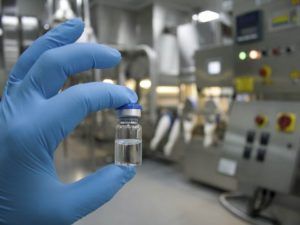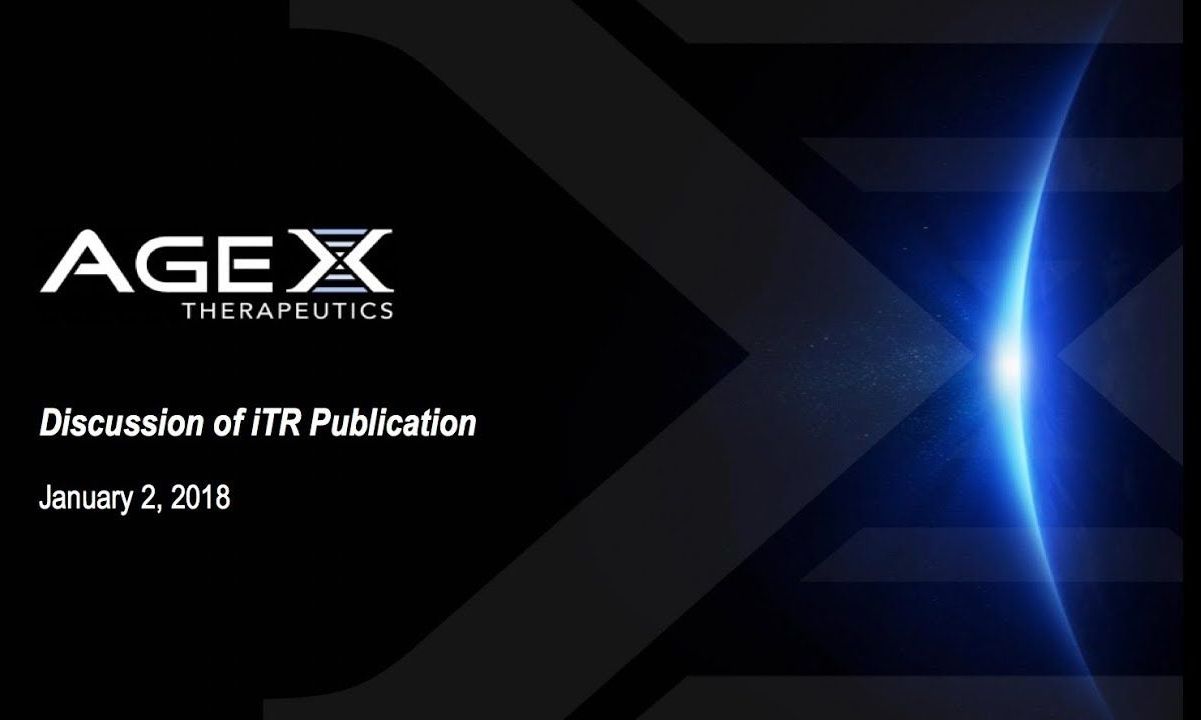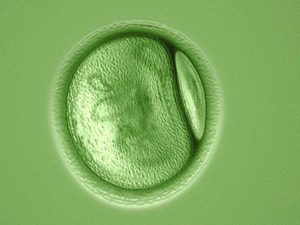https://www.spreaker.com/user/cbanks/special-guest-ira-pastor-ceo-bioquark


AgeX, one of our supported startups aiming at turning basic research into actual rejuvenation therapies for human application, just published a breakthrough genetic discovery that could enable us to activate tissue regeneration capabilities in humans.
Dr. Mike West, CEO of AgeX, will also be presenting at undoing-aging.org
_______
More info on Forever Healthy: forever-healthy.org
You can join the FH community here: fb.com/groups/foreverhealthy.org
#foreverhealthy #undoingaging
A discussion on the discovery of genes implicated in regeneration in humans, the possibility of inducing tissue regeneration (iTR) as a new medical modality, and the role of the genes in cancer.

At the moment, it is easy and comforting to imagine that the machines will mostly be complementary to human workers, whose common sense and human touch will still be necessary. But over the next half-century, AI will get better faster than humans can learn new skills. While we are probably still a very long way away from an AI with humanlike general intelligence, we are much closer to a world where particular machines can perform specific tasks as well as humans and at far less cost—precisely the kind of change that reshaped nations 150 years ago. Long before we find ourselves dealing with malevolent AIs or genetically engineered superhumans, and perhaps just 10 to 20 years from now, we will have to deal with the threat technology poses to our social order—and to our politics.
Automation is dramatically reshaping the workforce, but we’ve barely begun to grapple with how it will reshape society.



Summary: New findings on maximum human lifespan shows that we have an upper limit due to the construction of our bodies and genetic constraints. However, anti-aging scientists may have discovered ways to overcome this limitation. [This article first appeared on the LongevityFacts website. Author: Brady Hartman. ]
Three new studies show that maximum human lifespan is limited to about 115 – 120 years due to genetic constraints, the construction of our bodies and an increasingly toxic environment.
These studies are hardly the first to conclude there is a maximum human lifespan. However, there may be a way to overcome this limitation.


Scientists, who had previously cloned polo ponies, have achieved yet another breakthrough in their work that could lead to the creation of genetically engineered “super-horses” that are faster, stronger and better jumpers than regular horses within two years.
Scientists in Argentina reportedly managed to rewrite the genomes of cloned horses by using a powerful DNA editing technique called CRISPR. They also produced healthy embryos that are now expected to be implanted into a surrogate mother by 2019.
CRISPR, an acronym that stands for Clustered, Regularly Interspaced, Short Palindromic Repeats, is basically a technique in a bacteria’s immune system. When a virus invades a bacterial cell, the CRISPR system captures a piece of the virus’s DNA and slides it into a section of the bacteria’s own DNA, allowing it to detect and destroy the virus as well as similar viruses in future attacks.

Usually, when we’ve referred to Crispr, we’ve really meant Crispr/Cas9—a riboprotein complex composed of a short strand of RNA and an efficient DNA-cutting enzyme. It did for biology and medicine what the Model T did for manufacturing and transportation; democratizing access to a revolutionary technology and disrupting the status quo in the process. Crispr has already been used to treat cancer in humans, and it could be in clinical trials to cure genetic diseases like sickle cell anemia and beta thalassemia as soon as next year.
But like the Model T, Crispr Classic is somewhat clunky, unreliable, and a bit dangerous. It can’t bind to just any place in the genome. It sometimes cuts in the wrong places. And it has no off-switch. If the Model T was prone to overheating, Crispr Classic is prone to overeating.
Even with these limitations, Crispr Classic will continue to be a workhorse for science in 2018 and beyond. But this year, newer, flashier gene editing tools began rolling off the production line, promising to outshine their first-generation cousin. So if you were just getting your head around Crispr, buckle up. Because gene-editing 2.0 is here.
